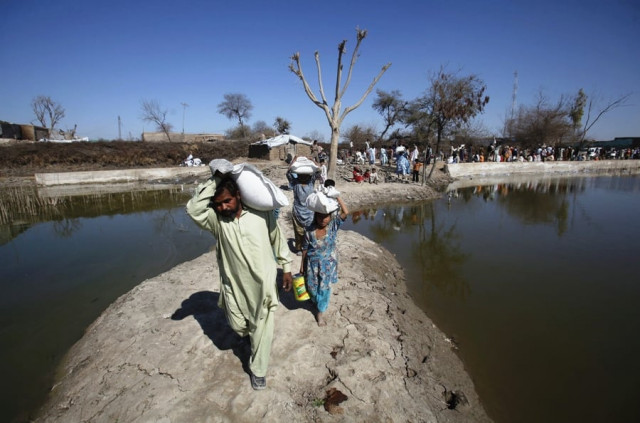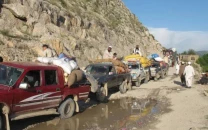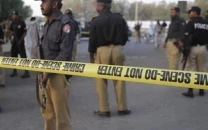Pakistan post-flood blues: Monsoon arrives while flood victims still recover
"US$600 million is still needed to support early recovery activities": UN Emergency Relief Coordinator Valerie Amos.

"I have patched up my house the best I could, using what few resources I could gather – but the roof consists of just plastic sheeting in some places, and it really offers little protection to my extended family of 11," Ghulam Hussain, 40, a villager in Thatta District of Sindh Province, told IRIN.
The first monsoon rains of 2011 have started, according to Meteorological Office. "We have been able to repair our badly damaged home, but we are still afraid of what may happen now that rains have begun," Ahmed Daud Khan from Nowshera told IRIN.
Last week flash floods killed seven people in South Waziristan tribal agency on Pak-Afghan border after heavy downpours led to houses collapsing.
Earlier this month, Ahmed Kamal, spokesman for National Disaster Management Authority (NDMA) said that they had worked out contingency plan to tackle any new flood emergency.
"NDMA is following two plans for floods, including a plan for a worst-case scenario under which a maximum of six million people can be affected and a similar scenario under which 2.2 million people can be probable victims," he said.
But many remain skeptical. "My fields were destroyed and my house reduced to sticks of timber, and my own wrist broke while trying to save my family," Azeemullah Khan, a villager in Charsadda District of Khyber Pakhtunkhwa Province said. "I am still struggling to earn a living or just put food on the table. Some NGOs helped us in beginning, but then we were left on our own."
Last week, UN Emergency Relief Coordinator Valerie Amos warned, "families affected by floods continue to need support to restore their livelihoods. The 2011 monsoon is about to start and up to two million people are again at risk, partly due to lack of funds for reconstruction.
Major efforts are needed immediately to reduce vulnerability of these families and implement urgent recovery and flood preparation – work on river banks, irrigation channels and other infrastructure."
According to the UN, moderate flooding could result in the worsening of conditions. For example, on May 24, 2011 a heavy downpour flooded Suleman Mountains which run through Balochistan and into Afghanistan; close to Punjab-Balochistan border district of Dera Ghazi Khan.
"The (2010) flood had a severe impact on people's homes, livelihoods and assets," said a government assessment report. "Most people do not know when they would be able to resume their livelihoods." Floods, it noted, had wiped out about 2% off Pakistan's annual growth rate and "inflicted a massive damage" of US$10 billion on economic infrastructure.
"Areas affected by floods were consistently lagging behind in terms of socio-economic and educational indicators as compared to areas unaffected," report said. "Loss to infrastructure and livelihood sources will push them behind further. People most severely affected were predominantly small farmers and unskilled labourers."
UN Amos said over US$600 million is still needed to support early recovery activities including rehabilitating water wells, refurbishing primary healthcare system and rebuilding schools.



















COMMENTS
Comments are moderated and generally will be posted if they are on-topic and not abusive.
For more information, please see our Comments FAQ